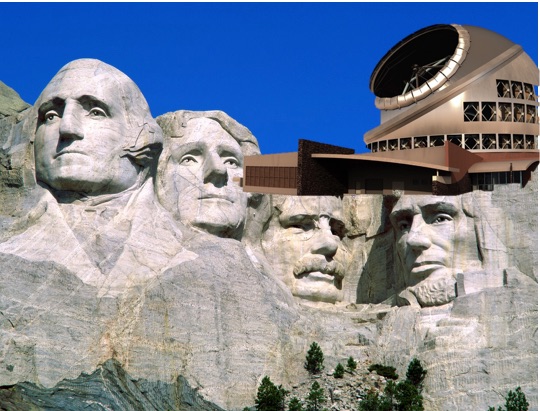This article by Shannon Biggs was published on the Movement Rights website on August 2nd, 2015.
They say that Hawaii is Earth’s connecting point to the rest of the Universe. Telescopes—those located on Earth and those in orbit—have allowed us to see deep into the galaxy and to the edges of the universe, sparking our scientific imagination. Owing to its low light pollution, its remoteness and sheer height, some astronomers consider Mauna Kea, a dormant volcano on the island of Hawaii, an ideal place to build the world’s most powerful on-land space observatory, known as the Thirty Meter Telescope (TMT). However, for many native Hawaiians (and non-natives alike) Mauna Kea is far more than a convenient place to construct an 18 story telescope—it is the most sacred place in all of the islands. The TMT represents an offense to Aloha ʻĀina, the love of land that is central to ancient Hawaiian cosmology and culture.
Mauna Kea, the tallest mountain on Earth measured from the sea floor, stands in the center of a fierce battle between the values of modern scientific discovery (backed by the intense political and financial might of several countries) and the values of Hawaii’s traditional and spiritual stewardship of this sacred place (backed by a growing international movement of “protectors” fueled by social media).
Construction of the TMT entails blasting a several-stories hole in the Mauna the size of a 50,000 seat football stadium, and placing endangered species and the fragile ecosystem at further risk. There are already a dozen older, smaller observatories on the mountain, many of which are obsolete, but none of which rival the intrusion represented by the TMT. Funding for the $1.4 billion project comes from Canada, China, India, Japan and the US.
(Read the rest of this article at its original source HERE.)

